Disaster In The Making? See Why China's Brahmaputra Dam Has India & Bangladesh On Edge. PHOTOS Inside!
China has formally begun construction on a USD 167.8 billion mega-dam on the Brahmaputra River in Tibet, near the Indian border.
China's New Tibet Dam Sparks Alert

China officially began building a huge USD 167.8 billion dam scheme across the Brahmaputra River in Tibet, close to its border with India's Arunachal Pradesh. This ambitious hydropower project, in Nyingchi City at the lower reaches of the river (also called Yarlung Zangbo in Tibet), has put the downstream countries on high alert straight away, especially India and Bangladesh.
Li Qiang Unveils $167.8B Yarlung Dam
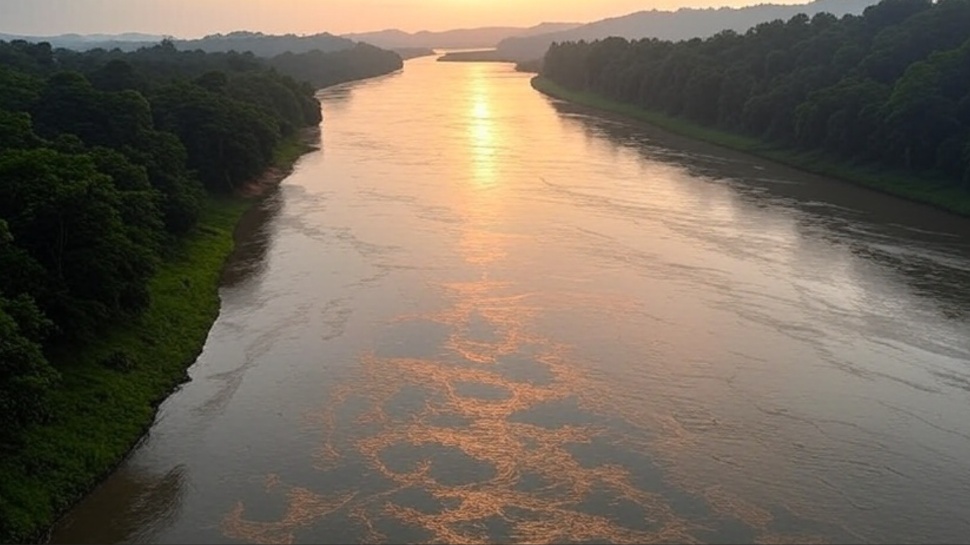)
Chinese Premier Li Qiang formally declared the start of the project on Saturday, as per reports from official media. This gigantic project is planned as the globe's largest infrastructure project, with five cascade hydropower stations to be built at a substantial total investment of around 1.2 trillion Yuan (roughly USD 167.8 billion). The selected location close to the "Great Bend" of the Yarlung Tsangpo is of strategic importance for hydropower development because the river has a steep 2,000-meter fall over a short distance of just 50 kilometers. To give a point of reference, China's largest dam at present, the Three Gorges Dam on the Yangtze River, has an installed capacity of 22.5 gigawatts.
Brahmaputra Dam Threatens Downstream Flow
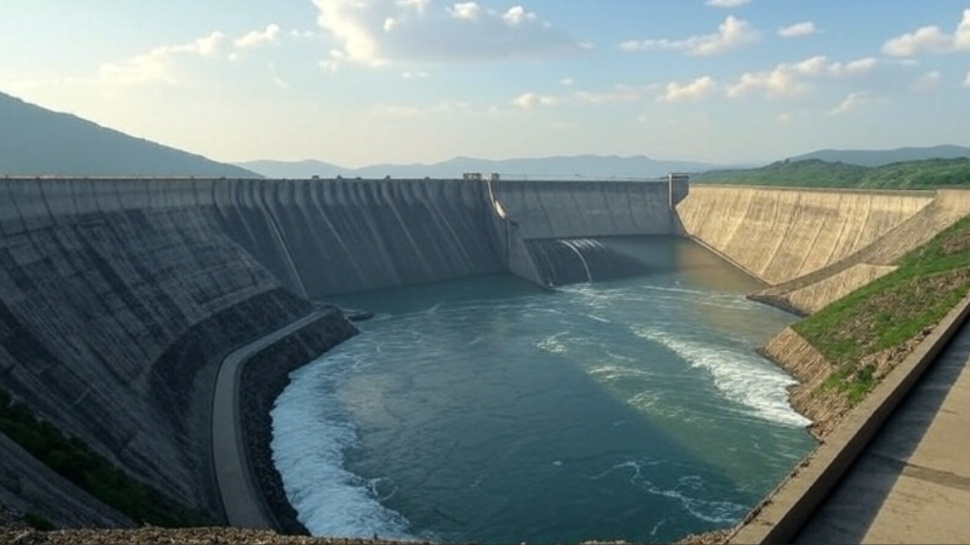)
The building of such a massive dam is causing great apprehensions in the lower riparian nations. The siting of the proposed dam, where the Brahmaputra makes a sudden U-turn before entering into Arunachal Pradesh (where it becomes known as Siang/Dihang) and then flowing into Bangladesh (as the Jamuna), stands to directly endanger the natural flow of the river.
Brahmaputra Dam: Agri, Eco Threats Loom
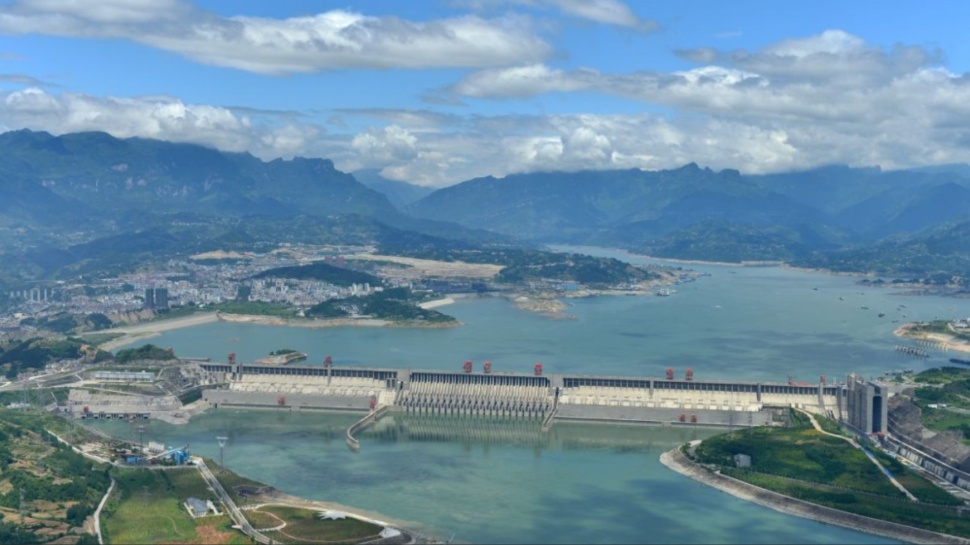)
This perturbation would have dire implications for agricultural yields, particularly for the critical crops of rice and jute, and would imperil biodiversity hotspots like ecologically fragile Eastern Himalayas. China highlighted the significance of the project to meet its renewable energy goals, while India and Bangladesh remain susceptible to the possibility of damage to water flow, environmental stability, and larger regional geopolitics.
A River Across 4 Nations
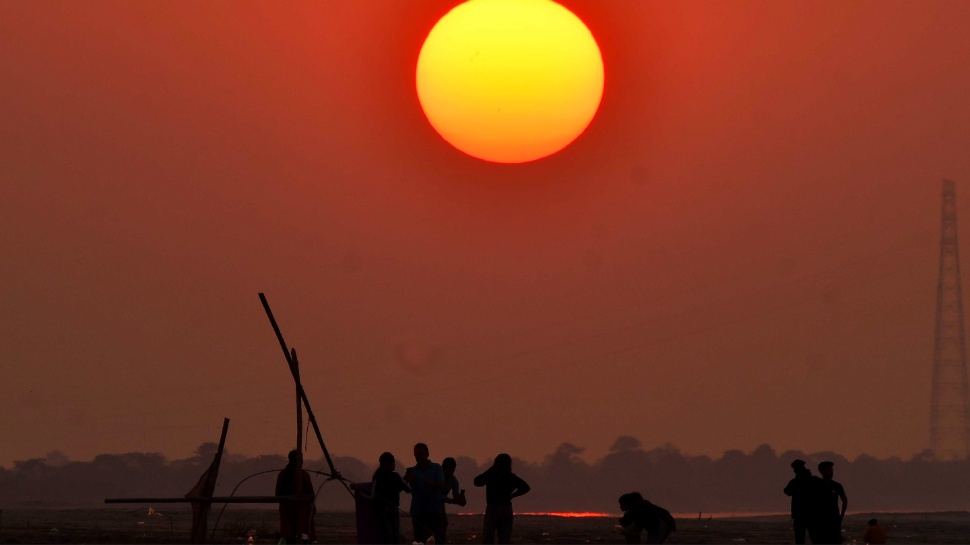)
The Brahmaputra is an important transboundary river, with its extensive basin covering about 580,000 square kilometers over four nations: China (50.5%), India (33.3%), Bangladesh (8.1%), and Bhutan (7.8%). In India alone, it extends over about 194,413 square kilometers, covering areas in Arunachal Pradesh, Assam, Meghalaya, Nagaland, Sikkim, and West Bengal.
River's Journey: Tsangpo to Jamuna
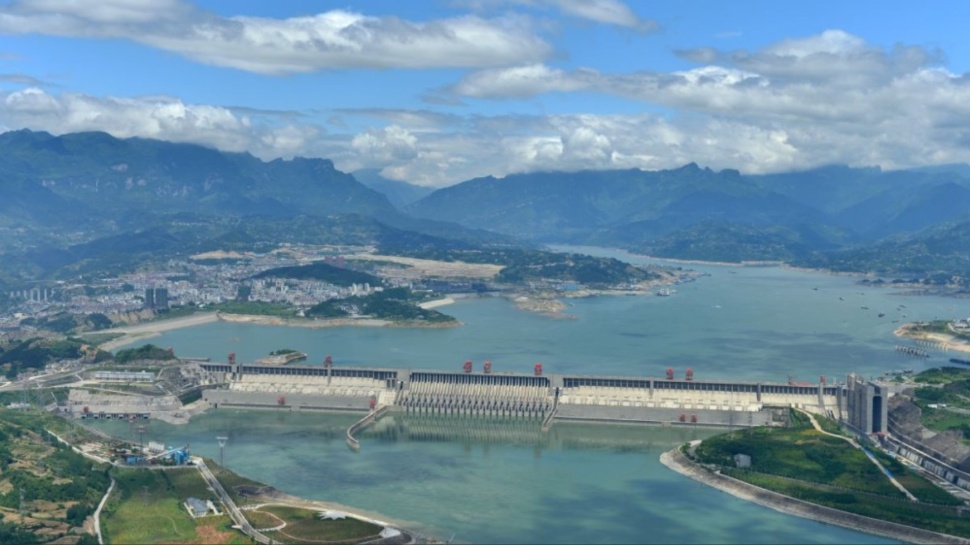)
From its source in the Chemayungdung Glacier in the Kailash mountains of Tibet, east of Lake Mansarovar, the river drifts east for almost 1,200 kilometers as the Yarlung Tsangpo. It makes a unique 'U' bend at Namcha Barwa, popularly called the Great Bend, entering India by way of Arunachal Pradesh. Joining the Dibang and the Lohit rivers, it becomes the Brahmaputra. Its major right-bank tributaries in India are the Subansiri, Kameng, Manas, and Sankosh. The river further continues into Bangladesh close to Dhubri, Assam, and is called Jamuna after confluence with the Teesta, finally merging with the Padma before emptying into the Bay of Bengal.
Power Potential vs. Floods
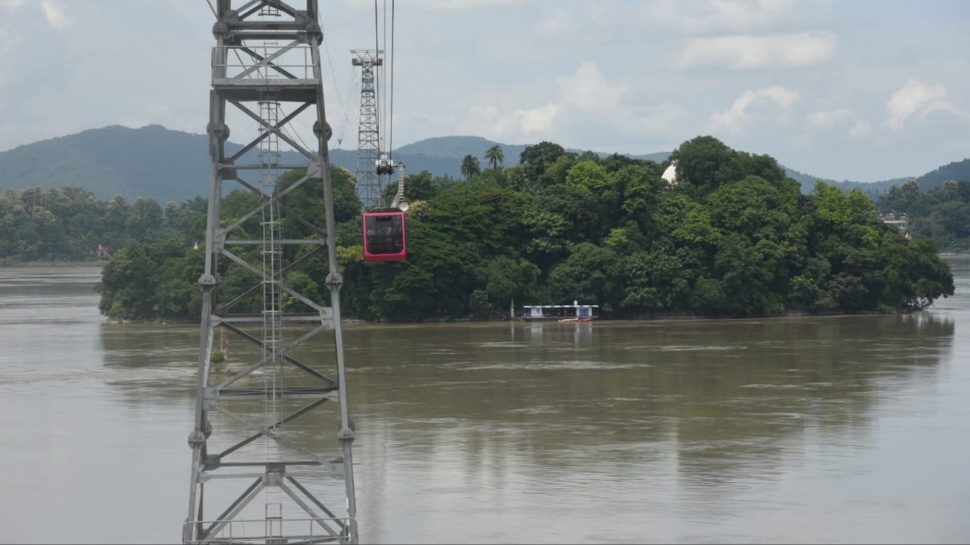)
The flow of Brahmaputra is special; it flows in diametrically opposite directions – west to east in Tibet and east to west in Assam. In Tibet, it is less full of water and silt because of the cold and dry climate, but in its passage through India, it is supplemented with many rain-fed tributaries, resulting in heavy siltation, recurring floods, and the development of braided channels and river islands, such as Majuli, the largest in the world. Tibet's high gradient of a fall of some 4,800 meters in 1,700 kilometers provides enormous hydroelectric potential, a characteristic much diminished on its passage into the Assam Valley.
India-China River Talks Stalled
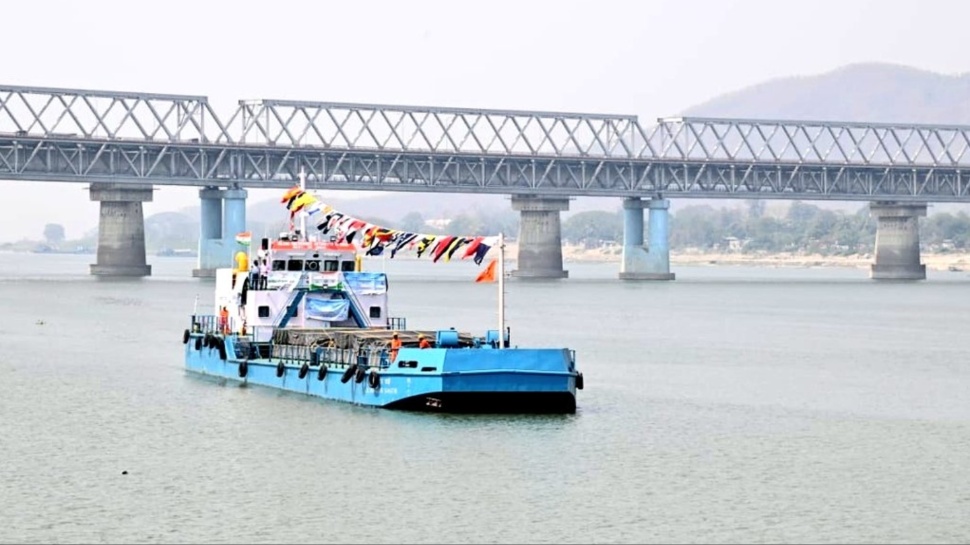)
Notwithstanding the shared character of the Brahmaputra, coordination processes between China and India on transboundary rivers seem to be limited and interrupted. For Ashok Kantha, a former Indian Ambassador to China, an umbrella Memorandum of Understanding (MoU) on cooperation on transboundary rivers was signed in 2013 with no termination date, but "no activity" is presently being pursued under it, according to the Jal Shakti Ministry's website.
Transboundary River Data Standoff
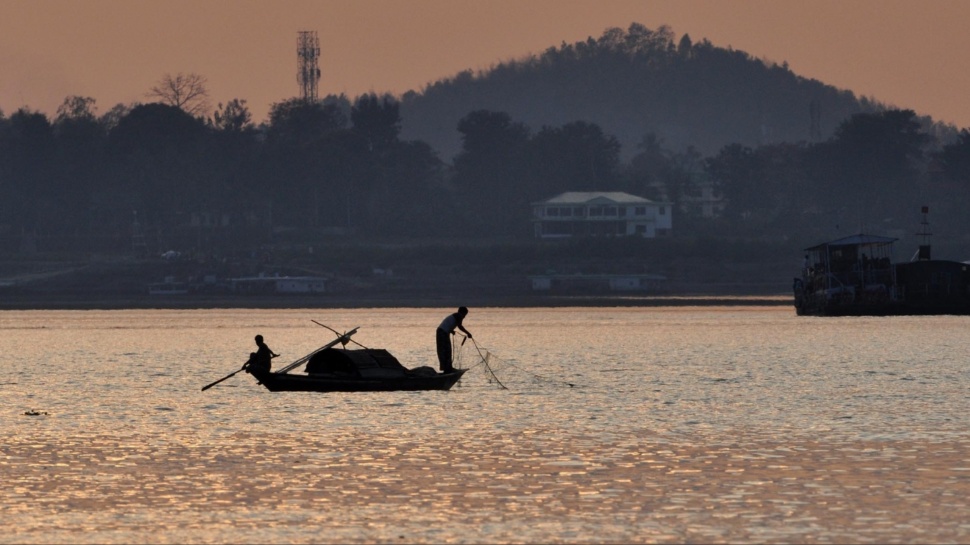)
Two separate MoUs exist for the Brahmaputra and Sutlej rivers. The Brahmaputra MoU, renewable every five years, reportedly lapsed in 2023, with renewal processes ongoing through diplomatic channels. The Sutlej MoU, prompted by the Parechu incident, is pending renewal, with China not agreeing to year-round data provision. An Expert Level Mechanism, established in 2006 for annual meetings, has also seen interruptions.
Trending Photos



)
)
)
)
)
